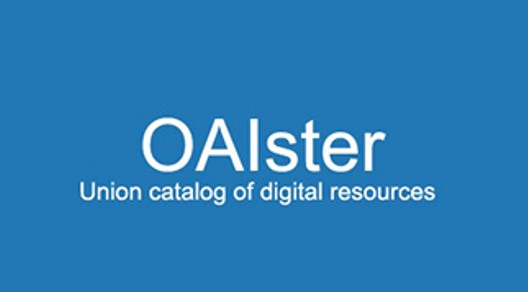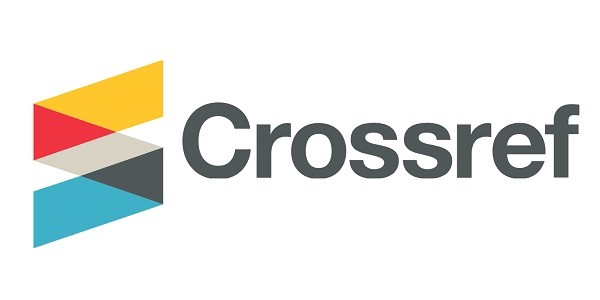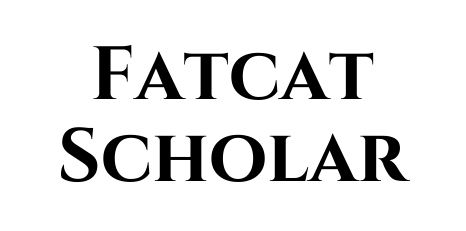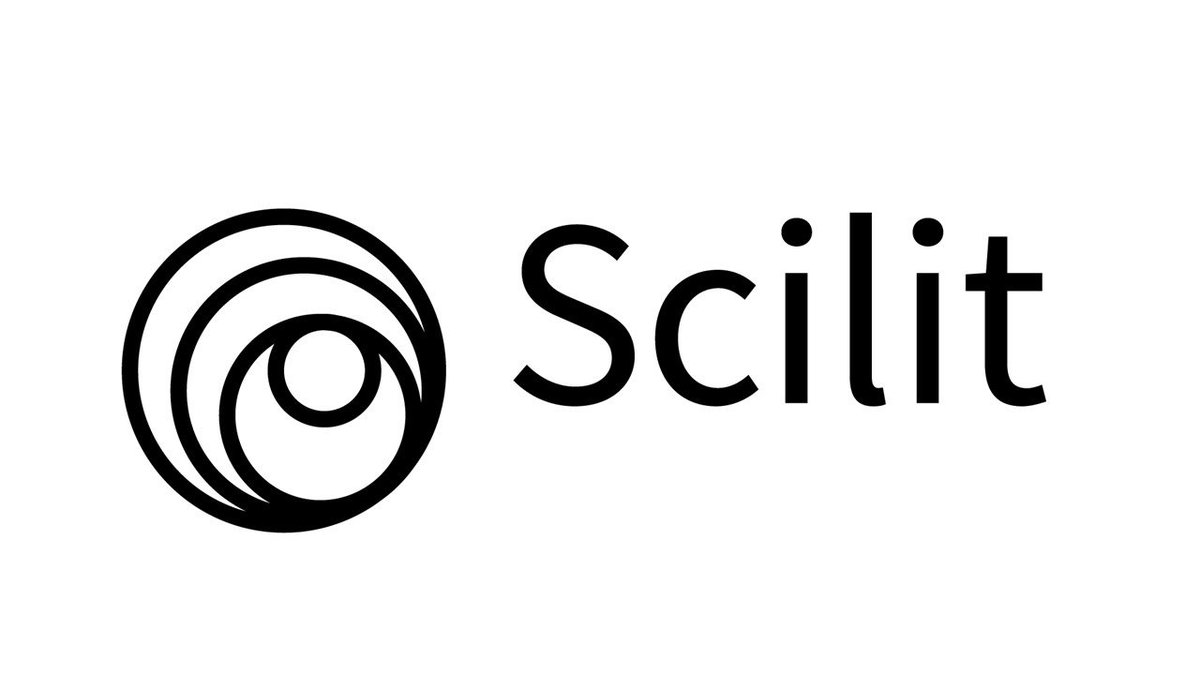The Impact of Span of Control on Employee Engagement during M&A: Insights from Lebanese Insurance Firms
DOI:
https://doi.org/10.5281/zenodo.14801689Keywords:
Mergers and Acquisitions; Insurance and Reinsurance; Span of Control; Employee Engagement.Abstract
This paper explores the effect of span of control on employee engagement during mergers and acquisitions in the insurance and reinsurance sector in Lebanon, with the purpose of identifying the optimal span that maximizes engagement. Applying quantitative methods, the study uses statistical tests including reliability, correlation, regression, ANOVA and Tukey Post-Hoc tests to analyze data collected from 456 non-managerial employees. The findings revealed a significant negative correlation (r= -0.45, p< 0.01) between employee engagement and span of control, with regression results indicating that span of control accounts for 20.9% of the variance in employee engagement. ANOVA and Tukey tests revealed significant differences in employee engagement levels across the four SOC groups, identifying a span of 5 to 8 employees per manager as optimal for promoting engagement. Theoretical implications underscore the importance of balancing efficiency with the wellbeing of employee, particularly during periods fraught with uncertainties. Practical implications offer actionable insights to improve engagement during organizational changes. This paper contributes to the management literature by generating empirical evidence on the relationship between employee engagement and span of control and equipping organizations with tools to navigate M&A effectively. Future studies are encouraged to examine how other contextual factors such as managerial personality and experience, leadership and organizational culture shape the span of control-engagement relationship.
Downloads
Published
How to Cite
Issue
Section
License

This work is licensed under a Creative Commons Attribution-NonCommercial-NoDerivatives 4.0 International License.





























